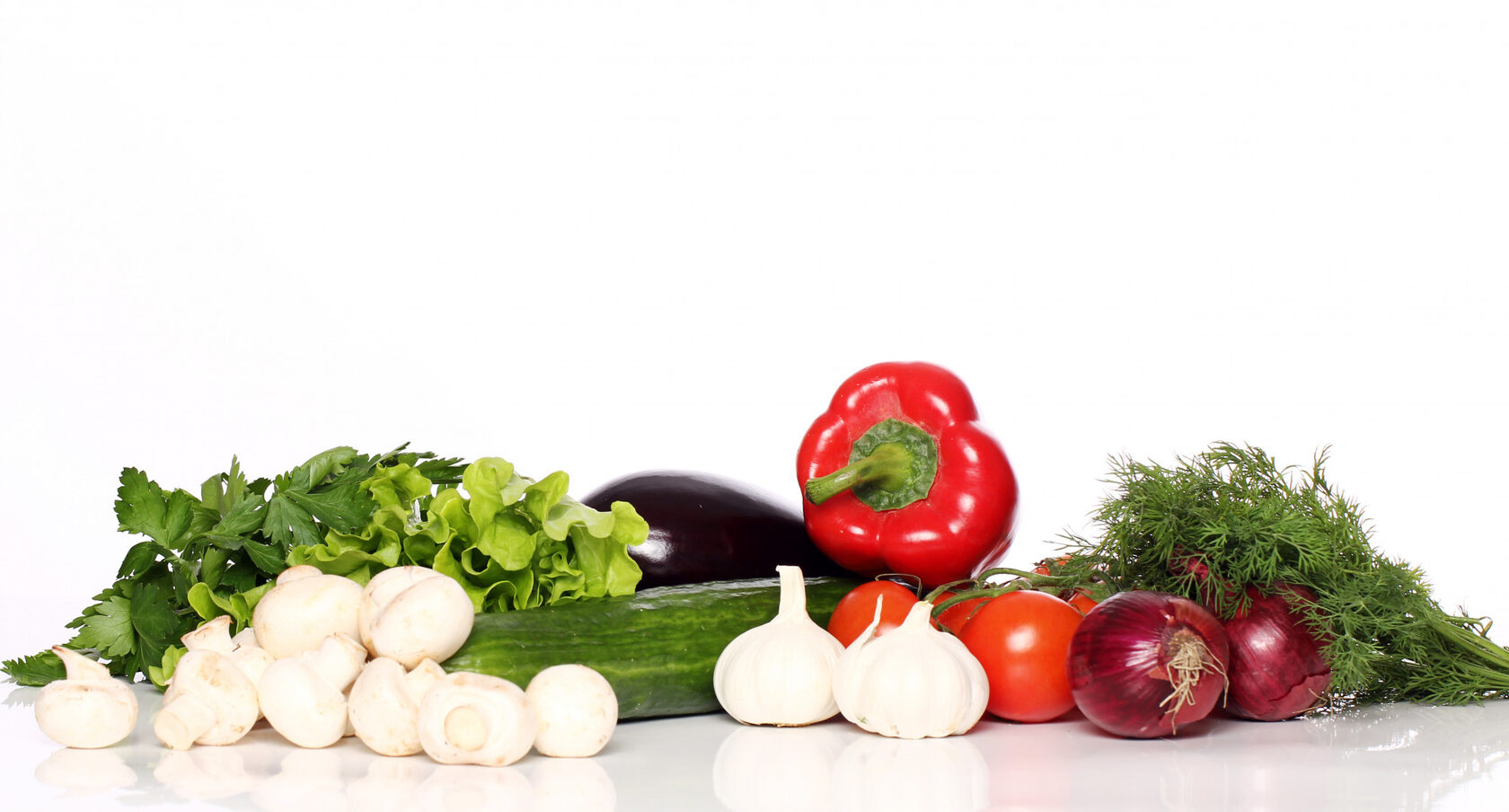In a world of mass-produced food, growing your own fruits and vegetables offers a healthier, more sustainable, and rewarding alternative. Studies consistently show that homegrown produce is often fresher, more nutrient-dense, and free from harmful chemicals. With the use of a greenhouse from Greenhouses and Storage Solutions, this dream can become a year-round reality, regardless of climate or location.
1. Nutritional Advantages of Homegrown Produce
Homegrown fruits and vegetables are harvested at peak ripeness, which is when they contain the highest levels of nutrients. Industrially produced crops are often picked prematurely to survive transportation, which can reduce their vitamin and mineral content.
Key Nutritional Benefits:
• Higher Nutrient Levels: Research shows that vegetables lose 30–50% of certain nutrients within days of being harvested. Growing at home eliminates this nutrient loss.
• Chemical-Free: You control what goes into your soil, ensuring your produce is free from pesticides and synthetic fertilizers.
• Better Taste: Freshly harvested fruits and vegetables have superior flavor due to their optimal ripeness and lack of artificial ripening agents.
2. Mental and Physical Health Benefits
Gardening is more than just a source of fresh food—it’s a proven way to improve overall well-being.
Benefits Backed by Science:
• Stress Reduction: Studies published in Nature suggest that gardening reduces cortisol levels, helping to alleviate stress and anxiety.
• Physical Exercise: Gardening tasks like planting, weeding, and harvesting provide moderate physical activity, improving cardiovascular health.
• Connection to Nature: Spending time in green spaces improves mood, focus, and overall mental health.
3. Environmental Sustainability
Growing your own food significantly reduces your carbon footprint. Store-bought produce often travels hundreds or thousands of miles before reaching your plate, contributing to greenhouse gas emissions.
How Greenhouses Enhance Sustainability:
• Water Efficiency: Modern greenhouses allow for precise watering systems that conserve water.
• Reduced Food Miles: Growing food at home eliminates the need for transportation and packaging.
• Pesticide-Free Practices: You can adopt organic practices that protect local ecosystems.
4. Why a Greenhouse is a Game-Changer
A greenhouse extends your growing season and provides a controlled environment to grow fruits and vegetables year-round.
Benefits of Greenhouses from Greenhouses and Storage Solutions:
• Climate Control: Maintain optimal growing temperatures, regardless of external weather conditions.
• Extended Growing Season: Start planting earlier in the spring and continue harvesting into late fall or even winter.
• Pest Protection: A greenhouse provides a barrier against pests and animals that can damage crops.
• Maximized Yield: Controlled environments result in higher yields compared to open-field gardening.
5. How to Get Started with a Greenhouse
Step 1: Choose the Right Greenhouse
Greenhouses from Greenhouses and Storage Solutions come in various sizes and styles to suit your space and needs.
Step 2: Plan Your Crops
Focus on high-yield and nutrient-dense crops like tomatoes, peppers, leafy greens, and berries.
Step 3: Set Up Your System
Install proper ventilation, irrigation, and lighting to create the perfect growing environment.
Step 4: Start Planting
Begin with easy-to-grow vegetables and expand your selection as you gain confidence.
Conclusion
Growing your own fruits and vegetables in a greenhouse is not just a hobby—it’s an investment in your health, the environment, and your overall quality of life. With Greenhouses and Storage Solutions, you gain the tools and expertise needed to turn any space into a thriving, sustainable food source.
Take control of what’s on your plate. Start growing fresh, delicious, and nutritious produce today!
1. Nutritional Advantages of Homegrown Produce
Homegrown fruits and vegetables are harvested at peak ripeness, which is when they contain the highest levels of nutrients. Industrially produced crops are often picked prematurely to survive transportation, which can reduce their vitamin and mineral content.
Key Nutritional Benefits:
• Higher Nutrient Levels: Research shows that vegetables lose 30–50% of certain nutrients within days of being harvested. Growing at home eliminates this nutrient loss.
• Chemical-Free: You control what goes into your soil, ensuring your produce is free from pesticides and synthetic fertilizers.
• Better Taste: Freshly harvested fruits and vegetables have superior flavor due to their optimal ripeness and lack of artificial ripening agents.
2. Mental and Physical Health Benefits
Gardening is more than just a source of fresh food—it’s a proven way to improve overall well-being.
Benefits Backed by Science:
• Stress Reduction: Studies published in Nature suggest that gardening reduces cortisol levels, helping to alleviate stress and anxiety.
• Physical Exercise: Gardening tasks like planting, weeding, and harvesting provide moderate physical activity, improving cardiovascular health.
• Connection to Nature: Spending time in green spaces improves mood, focus, and overall mental health.
3. Environmental Sustainability
Growing your own food significantly reduces your carbon footprint. Store-bought produce often travels hundreds or thousands of miles before reaching your plate, contributing to greenhouse gas emissions.
How Greenhouses Enhance Sustainability:
• Water Efficiency: Modern greenhouses allow for precise watering systems that conserve water.
• Reduced Food Miles: Growing food at home eliminates the need for transportation and packaging.
• Pesticide-Free Practices: You can adopt organic practices that protect local ecosystems.
4. Why a Greenhouse is a Game-Changer
A greenhouse extends your growing season and provides a controlled environment to grow fruits and vegetables year-round.
Benefits of Greenhouses from Greenhouses and Storage Solutions:
• Climate Control: Maintain optimal growing temperatures, regardless of external weather conditions.
• Extended Growing Season: Start planting earlier in the spring and continue harvesting into late fall or even winter.
• Pest Protection: A greenhouse provides a barrier against pests and animals that can damage crops.
• Maximized Yield: Controlled environments result in higher yields compared to open-field gardening.
5. How to Get Started with a Greenhouse
Step 1: Choose the Right Greenhouse
Greenhouses from Greenhouses and Storage Solutions come in various sizes and styles to suit your space and needs.
Step 2: Plan Your Crops
Focus on high-yield and nutrient-dense crops like tomatoes, peppers, leafy greens, and berries.
Step 3: Set Up Your System
Install proper ventilation, irrigation, and lighting to create the perfect growing environment.
Step 4: Start Planting
Begin with easy-to-grow vegetables and expand your selection as you gain confidence.
Conclusion
Growing your own fruits and vegetables in a greenhouse is not just a hobby—it’s an investment in your health, the environment, and your overall quality of life. With Greenhouses and Storage Solutions, you gain the tools and expertise needed to turn any space into a thriving, sustainable food source.
Take control of what’s on your plate. Start growing fresh, delicious, and nutritious produce today!

